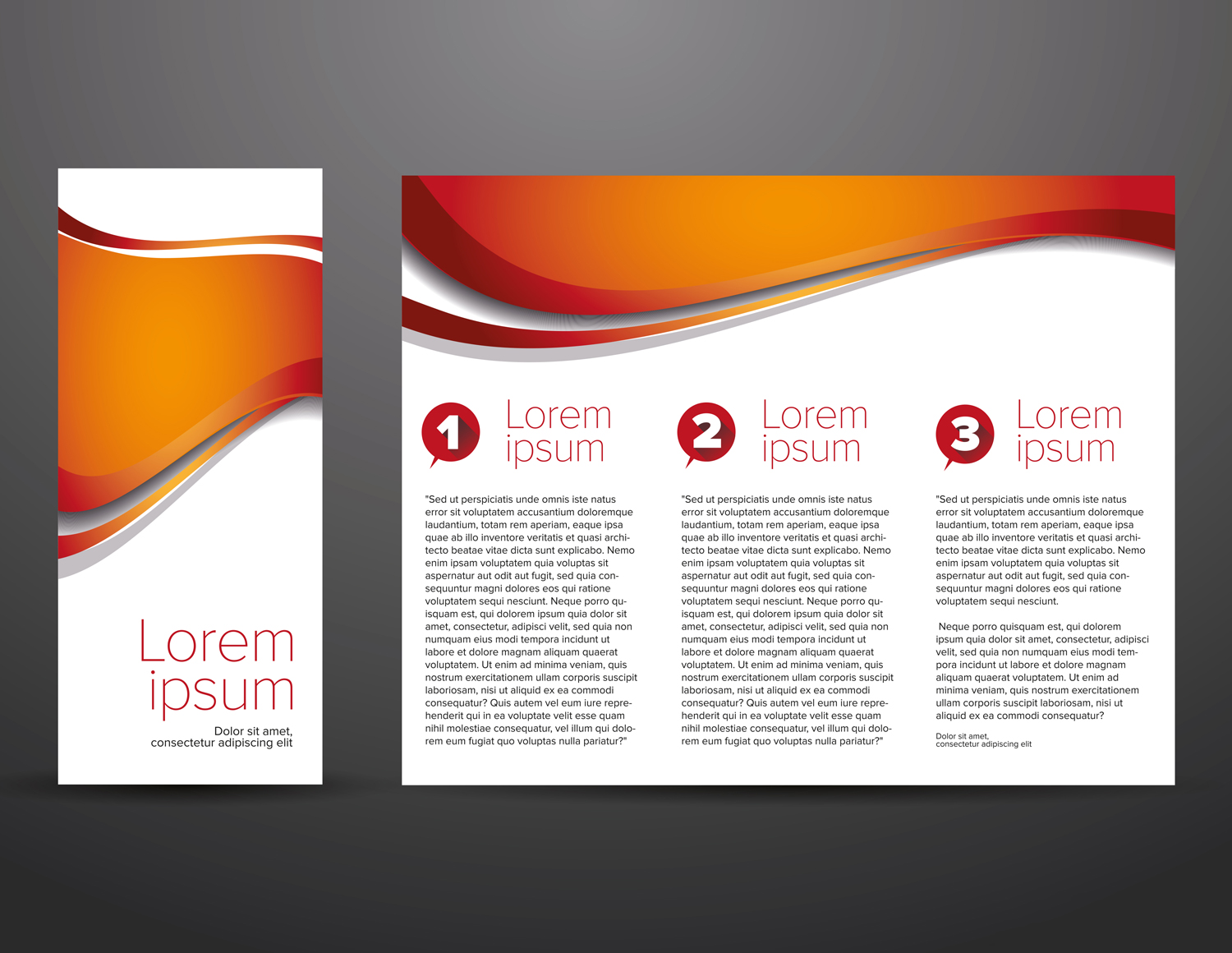Table Of Content
- Information design examples
- What are some easy things a person can do to vet the friend requests received on Facebook?
- Infographics: slick, social and stunning
- What if I find that I have been “Friended” by a hacked profile?
- Information design: definition, tips & examples
- Information Design Principles
- Recommended Reading
- Blogs
As far as determining whether we are designing rightly or wrongly, you have to understand the principles behind making such value judgements. When your design is robust enough to explain your idea, it's time to share it and collect feedback. Send it to teammates within your company who may provide insight or gather a group of people in your audience.

Information design examples
Everyone makes mistakes in this, but some people don’t even try to not make mistakes. Additionally, when there is a particular happening, such as an election, speech, national celebration, holiday, or other such event coming up or just passed, a kind of emotional framing influences us. Advertisers or other “persuaders” use anything in the national or cultural consciousness as a frame for crafting subtle influences to their messages.
What are some easy things a person can do to vet the friend requests received on Facebook?
The possibilities for seeing this kind of influence are endless, once you start looking for them. Ideas, actions, and beliefs can be influenced by placing communicative artifacts in proximity to surrounding referents or within contexts crafted from either our day-to-day lives or other sources, such as those carrying historical or political connotations. This process is a common, fairly simple, but easily overlooked, concept.
Infographics: slick, social and stunning
You can either reuse these templates or create projects from scratch using the information design tips you learned in this article. Remember to experiment with different layouts, fonts, colors, and images, and we’re confident that you’ll find a style that works well for you. According to research, 55% of first impressions are made by visual appearance.
Can Data Be Human? The Work of Giorgia Lupi - The New Yorker
Can Data Be Human? The Work of Giorgia Lupi.
Posted: Sat, 25 May 2019 07:00:00 GMT [source]
Receive weekly practical tips on how to communicate visually, right in your inbox. They’re larger than an infographic but smaller than a search engine. The print equivalent of a website would be a brochure or catalog. Nevertheless, the posters must stay full of color and attractive for newly hired workers. One possibility is that the posters are placed on the wall next to the doors of the bathroom, therefore when the workers pass by them on their way to the bathroom they are usually in a hurry and don’t stop to look.
In cases where it’s not possible to do such deep research, the designer asks more questions to get a sense of what the factory floor is like. If they are only talking to the floor manager, the designer insists on talking to the union leader of the workforce. In our example, the information designer visits the factory floor where the posters will be displayed. They will meet the workers and talk to them about what their days and movements in the factory look like.
The obvious connection made is that Donald Trump is just like Orwell’s powerful party leader, riding the wave of a cult of personality, like those of “the party” in Orwell’s book. Of course, if the photo of Trump in a hall with giant screens of his face was taken, it must be true that he actually appeared like that in real life. Information design is the practice of presenting information in a way that makes it most accessible and easily understood by users. Information design is targeted to specific audiences in specific situations to meet defined objectives. In its most sophisticated forms, it helps users understand complex data by organizing and simplifying data and information in ways they can quickly grasp. Information design is a process for presenting information in a way that is easy to understand and use.
Recommended Reading
Unauthorized use and/or duplication of this material without express and written permission from this blog’s authors and/or owner is strictly prohibited. Excerpts and links may be used, provided that full and clear credit is given to Information Design (ID) and site’s authors and/or owners with appropriate and specific direction to the original content. Images so often float around online, so how can a person get down to the real facts behind an image? Don’t squander good will by posting things that you have not bothered to vet for accuracy, because your reputation for truth suffers when you do not at least try to verify the share.
Blogs
It is fairly simple to check our images to see how they will look to people with color blindness. A number of browser apps allow you to upload your image to check how it would appear to a person with one of the several types. Any image saved to a JPG or PNG can be uploaded §for free to check that the image is clear or at least acceptably close to how you hoped it would look. Perhaps upon checking, some color changes might improve the image for the color blind without requiring a complete design makeover. Making those changes might make a big difference to the appearance of your image for the user.
Australian (Kirsty Williamson, Theresa Anderson) and Canadian researchers (Heidi Julien, Karen Fisher, Gloria Leckie, Lynne McKechnie, Pam McKenzie, Roma Harris, Chun Wei Choo) have also been very active in recent years. Planning with audience awareness in mind is all about how to make a connection and how you, as an author or speaker, can be understood clearly and unambiguously by the audience that is on the receiving end of your communication event. For example, I may have a story about veterans’ rates of depression or suicide. I could present the story as “straight” as I could, in other words, as close to the narrative of the author’s intention or context. Or, if I want to let the story illustrate something particular, I could pull certain quotes out of the story or find an illustrating picture and caption it in such a way that would make the story serve my purpose, whatever that may be.
Climate Change: Improved Federal Coordination Could Facilitate Use of Forward-Looking Climate Information in ... - Government Accountability Office
Climate Change: Improved Federal Coordination Could Facilitate Use of Forward-Looking Climate Information in ....
Posted: Wed, 30 Nov 2016 08:00:00 GMT [source]
In a world where people are constantly bombarded with information, focusing on clear communication can improve conversions, increase customer satisfaction, and help you hit your goals. Effective information design makes it easy for people to gain insights and learn about your company. With the right data, story, and tools in hand, you can design content that's just right for your audience—and hopefully prevent the frustration that comes from an incomprehensible set of instructions. Mergers and acquisitions require a lot of research, but this design makes reading about the challenges companies face downright enjoyable. It's an excellent example of how information design isn't just about interpreting charts and visualizing studies—it also incorporates graphic elements that delight the eyes. Large quote blocks, relevant images, and color influence how people comprehend information, so make sure to consider the visual flow when creating your design.
See, especially, the section titled "People using cultural resources" in the topical contents list of the encyclopedia. From early on, the dominance of the "principle of least effort" in human information seeking was demonstrated over and over (25). It may not seem surprising that people try to minimize effort in finding information, but the research demonstrated that ease of access and ease of use mattered more to people than the quality of the information they found. People have a (sometimes unjustified) belief in their ability to filter the good and valid information from the faulty, hence their tendency to under-search to find the highest quality information available. We know, for example, that people are willing to commit very little energy and effort to seeking information, in contrast, say, to seeking a fortune, a family, or a reputation. Most of the information that people eagerly seek online was once available in their local public or academic library, but the effort required to locate that information was seen as excessive in the vast majority of cases.
We take pride in our ability to create a unique design for each company. Strong visual images and motion graphics capture your customers attention and get them to do business with you, or at the very least, explore more of your website. Once we have established a beautiful visual design, we hand-off the designs to our programming team. The programming team takes the top design and develops a mobile responsive web design.

Navigating the complexities and creating filtered content requires a variety of skill sets to be successful. It’s human-centered design with the needs of the user placed at the center of every decision. This is what’s known as design thinking, a process that helps us extract and apply human-centered techniques to solve problems.
When using a content management system like WordPress, we will tie-in the html with an admin and database. Our global community of professional designers present their ideas. The training I had in illustration, design, science, and communications was invaluable, but I wish I had known that statistics and mathematics would be as important to me as it is nowadays. Luckily, I did do maths to a reasonable level and that has helped me keep on top. In all seriousness…every new project however small or big is a challenge – but a challenge that I look forward to, and it’s the most important thing at the time. (22) Menzel, H. Information needs and uses in science and technology.













